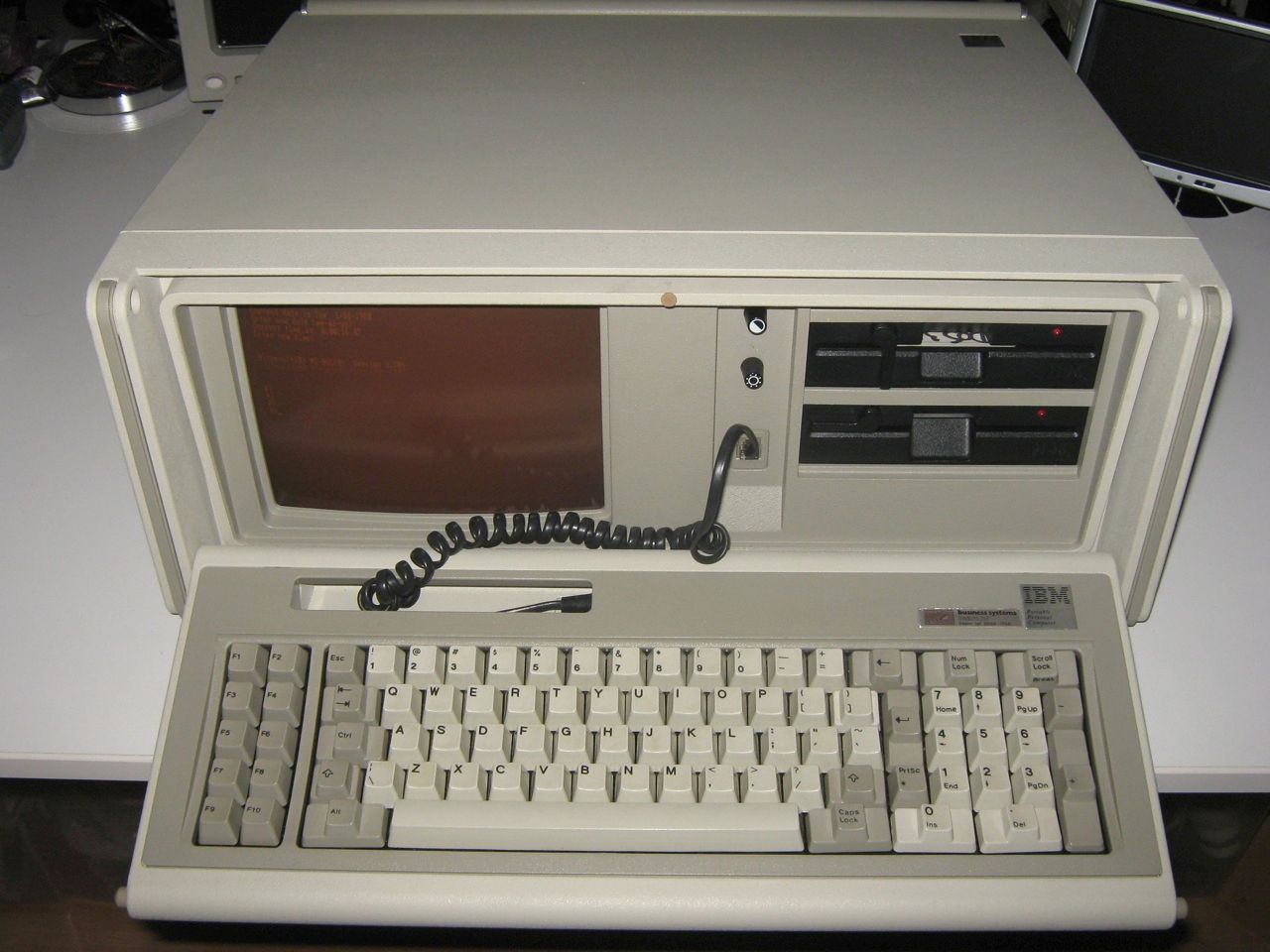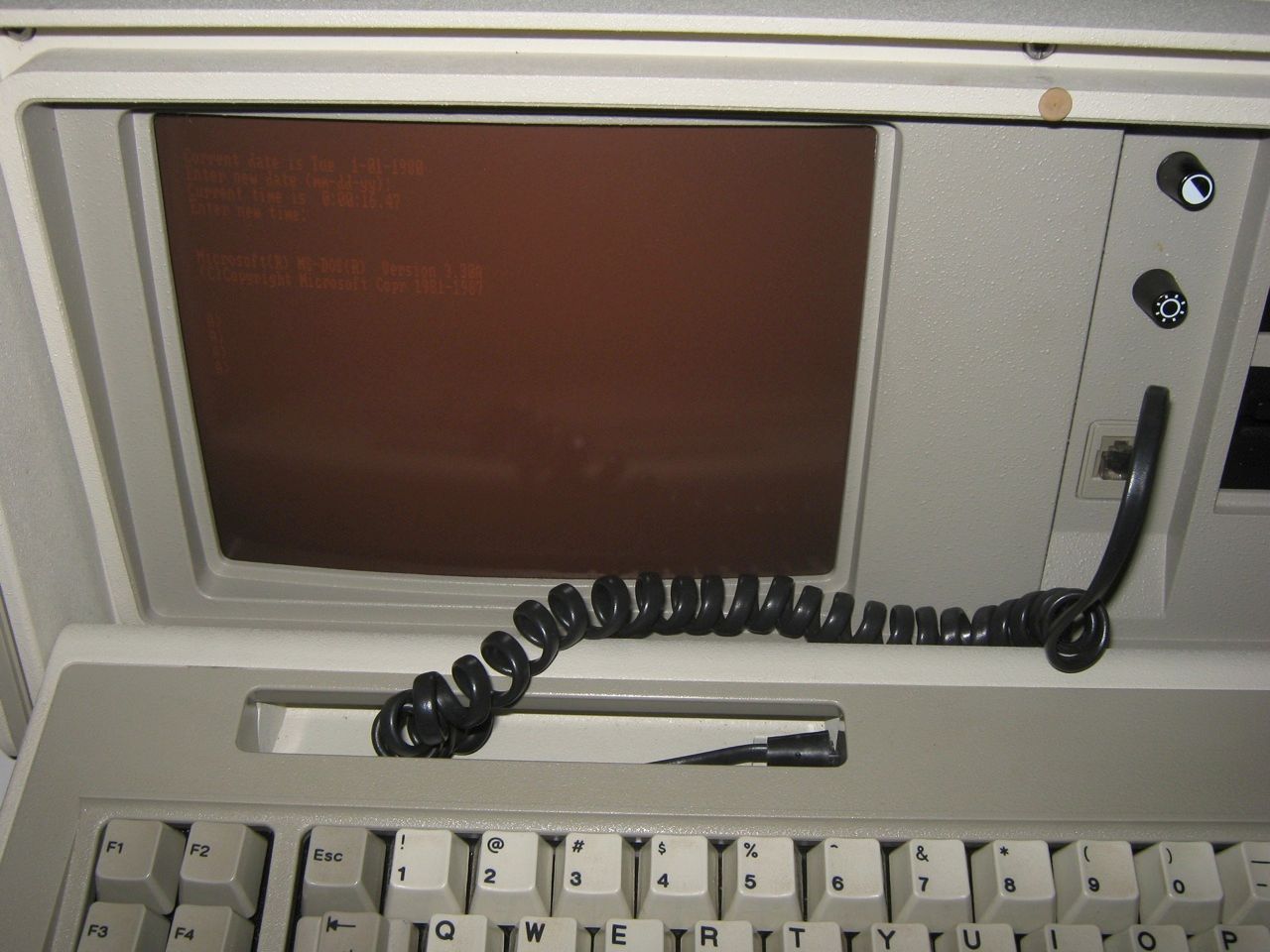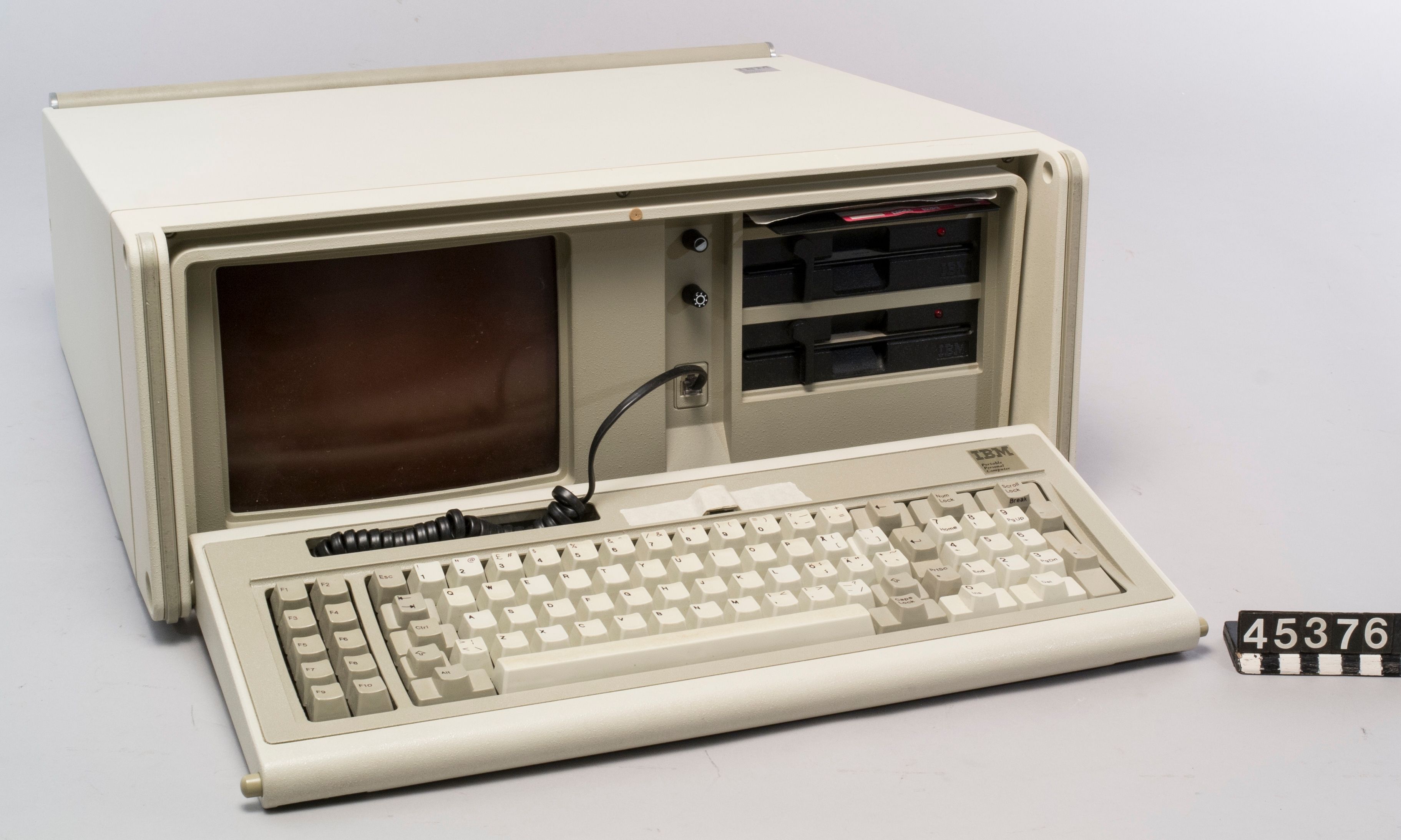The IBM Portable Computer was introduced on this day 40 years ago, and it packed some pretty good specifications for the time.
KEY TAKEAWAYS
- Te IBM Portable Personal Computer 5155 was a premium product that aimed to meet the needs of business professionals and technophiles on the go.
- Despite facing stiff competition from the Compaq Portable, the 5155 boasted powerful specifications for its time and was considered one of the best PCs on the market.
- The short lifespan of the 5155 highlighted the rapid pace of technological innovation during that period, setting the stage for subsequent advancements in portable computing technologies.
IBM was once a powerhouse in personal computing, and that was partially solidified by the launch of the IBM Portable Personal Computer 5155. Released on this day in February 1984, this computer was roughly the size of a suitcase and weighed in at 30 pounds, or 30.6 kg. It cost $4,225, which at the time of writing, would cost a rather hefty $12,390.
For what you got at the time, though, IBM was charging a premium for a premium product. It competed with the Compaq Portable primarily, though managed a lower price tag thanks to its reduced sophistication. It being a portable computer as well referred to its size being capable of fitting in a suitcase, rather than being battery powered. At 30 pounds, it was still a struggle for some people to bring it anywhere.
The 5155 was IBM's attempt to leverage its reputation and technological prowess in the desktop computing market and apply it to a portable format, aiming to meet the needs of business professionals and technophiles who required the power of a PC on the go.
The IBM Portable Personal Computer's design and specifications
Powerful for the time

The IBM Portable Personal Computer featured a design that was somewhat portable by the standards of the day, housing a basic computer system within a suitcase-sized enclosure complete with a handle. It boasted a built-in 9-inch monochrome CRT monitor, a keyboard that doubled as the computer's lid when not in use, and dual 5.25-inch floppy disk drives. The system was based on the Intel 8088 processor (that also powered the IBM PC), running at a clock speed of 4.77 MHz—specifications that were consistent with the desktop PCs of the time. It came with 256 KB of RAM, expandable to 640 KB with adapter cards, and offered options for connecting external peripherals such as printers. Back then, this was one of the best PCs you could get on the market.
Despite IBM's dominance in the desktop PC market, the 5155 faced stiff competition from the Compaq Portable. The Compaq device was not only comparable in terms of performance but also offered a more innovative approach to portability and compatibility. This competition highlighted the rapidly evolving nature of the PC market in the mid-1980s, a period characterized by rapid technological advancements and changing consumer expectations.
Where the IBM Portable Personal Computer fits today
An important piece of history

The IBM Personal Computer 5155's lifespan in the market was relatively short-lived. By 1986, just two years after its launch, IBM had replaced the 5155 with newer models that aimed to address the ever-increasing demands of the portable computing market. The rapid pace of technological innovation during this period meant that hardware quickly became obsolete, and companies like IBM had to continually improve and innovate to maintain their market position.
Despite its transient place in the market, the IBM 5155 was instrumental in the progress of portable computing. It signified IBM's recognition of an increasing demand for mobile computing solutions, setting the stage for subsequent advancements in laptop and portable PC technologies. This period also highlighted the rivalry between IBM and Compaq, emphasizing the critical role of compatibility and innovation within the PC market. These principles have continued to shape the computing technology world today.
Looking back, the IBM Portable Personal Computer 5155 offers valuable insights into the nascent phase of portable computing, showcasing the hurdles and prospects that marked this transformative era in technology. We can clearly see the evolution of portable computing and the changes that have happened to the tech industry over the years.




Recommended Comments
There are no comments to display.
Join the conversation
You can post now and register later. If you have an account, sign in now to post with your account.
Note: Your post will require moderator approval before it will be visible.